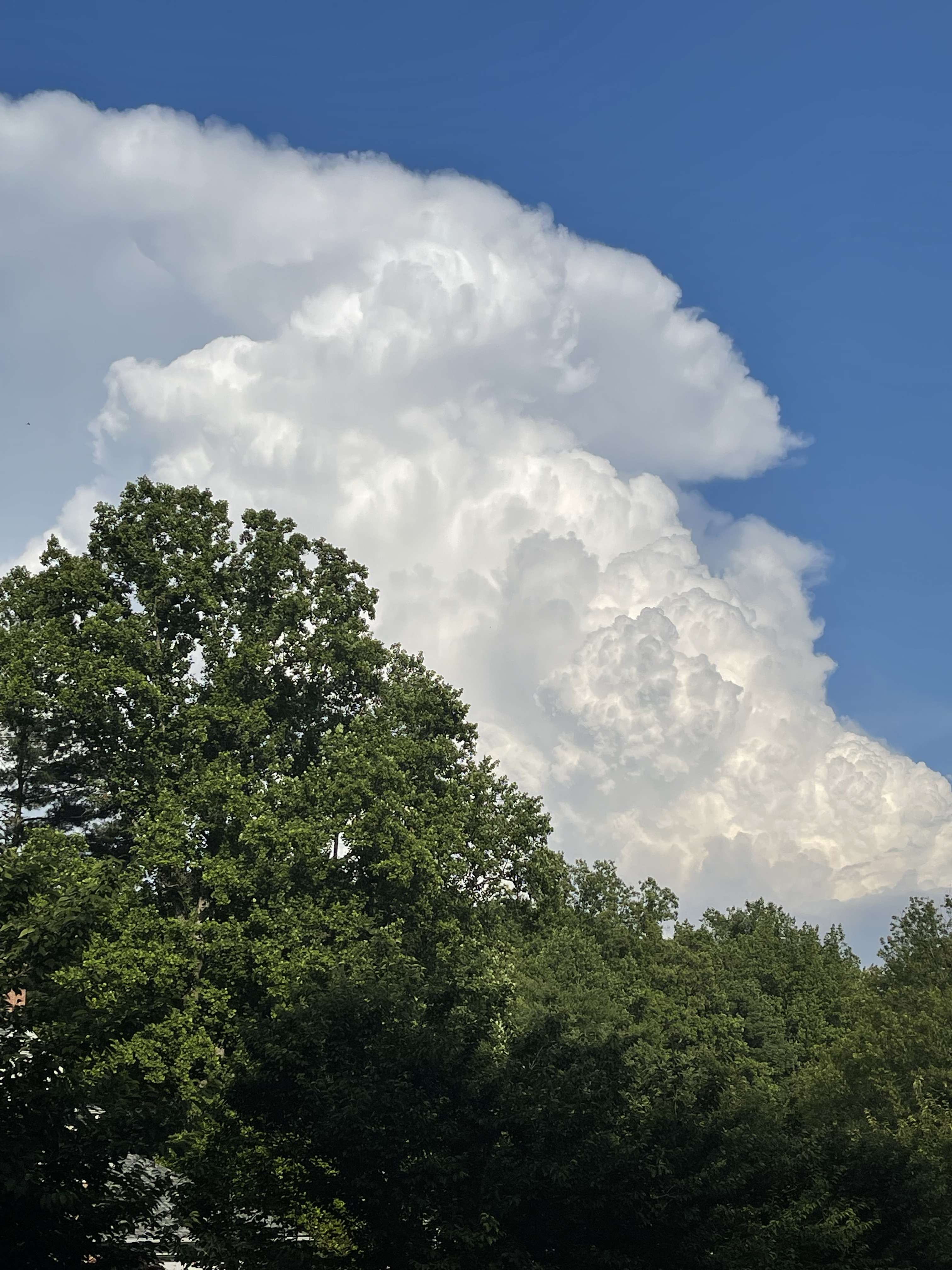-
Posts
44750 -
Joined
-
Last visited
-
Days Won
263
Everything posted by Phil
-
New ECMWF monthlies are ugly..complete about-face from the October run. Every month from December - March features a +EPO/GOA vortex, neutral PNA/flat ridge south of the Aleutians. Looks sort of like 1974/75 or 1975/76. January and February are particularly horrid looking, with a giant vortex from the Aleutians all the way through Alaska, into the western Arctic. Strong west/southwest flow dominates both months. End result is a wetter and warmer than average winter.
-
Made it to 31.4 degrees here at 640AM. Second latest freeze I've recorded.
-
Might at least pull off our first freeze tonight. Currently 33.9 as of 245AM. I think we make it.
-
Really, what a snoozefest. #makeweathergreatagain
-
Well, the EA measures one of the dominant modes of atmospheric circulation within the NATL domain, like an Atlantic counterpart to the PNA in some respects. You'd expect some coherence w/ global temperatures given the Hadley Cell expansions are a conduit for significant extratropical warming regardless of the reason(s) for the expansion, and these circulatory changes are responsible for some of the "issues" we've been discussing here as of late.
-
Saw this discussed on Twitter earlier and think it's pertinent to this discussion. Another artifact of the modern day climatological boundary state is the increasingly positive East Atlantic Pattern. We're currently observing record breaking positive values, and have been for the last several years. Note how it abruptly switched modes in the late 1970s, in tandem with the great Hadley Cell shift and Pacific climate shift that occurred at the same time: http://i724.photobucket.com/albums/ww243/phillywillie/Mobile%20Uploads/8F585BD5-3D8D-4BF7-9E65-E525E6AA8934_zps2id2dbtd.jpg
-
Another conduit is actually achieved via the Aleutian low induced WAFz/PV perturbations (think DEC 2009, NOV 2014, etc). This is arguably easier to achieve in the modern Hadley Cell era, however this sort of event is often quick and/or can slide east of the Rockies more easily. Events like 1955/56 w/ the modest Aleutian ridge amplification are nearly impossible under today's Hadley/Walker state(s).
-
Huge misconception here, IMO. Flat Aleutian ridging destructively interferes with the processes that lead to the necessary amplification. It's a huge negative. The amplification occurs when that boundary state is perturbed externally, often via changes in the E-HEM circulation which induce east-Asian mountain/gravity wave drag torques. This then leads to the changes in the NPAC.
-
That's probably true, haha. I've just seen so many beautiful hemisphere-scale wavetrain progressions ruined by them. It doesn't affect my winter climo or anything, but I'd much rather have an anomalous hemispheric wavetrain and perturbed PV than a mundane, flat process like we've seen over the last few winters.
-
Definitely a better look than what we have currently. I'm just terrified of flat NPAC ridging in general. It's the primary +EPO loading pattern, and it inhibits poleward propagating vertical wave activity fluxes, which are required to keep the PV/NAM in check. Amplified, poleward biased NPAC ridging is another story.
-
It's definitely Arctic, just nothing extraordinarily cold given the PV column is on the other side of the pole, and the fact that we'll still be recovering from the (ongoing) Pacific hose job. I also don't like how flat the EPS mean gets with the Aleutian ridge in the long range. That's the perfect loading pattern for another GOA vortex. Really, there's nothing more dangerous that a flat Aleutian ridge, IMO. Can be a very self-reinforcing pattern, as we've seen over the last 7+ weeks.



